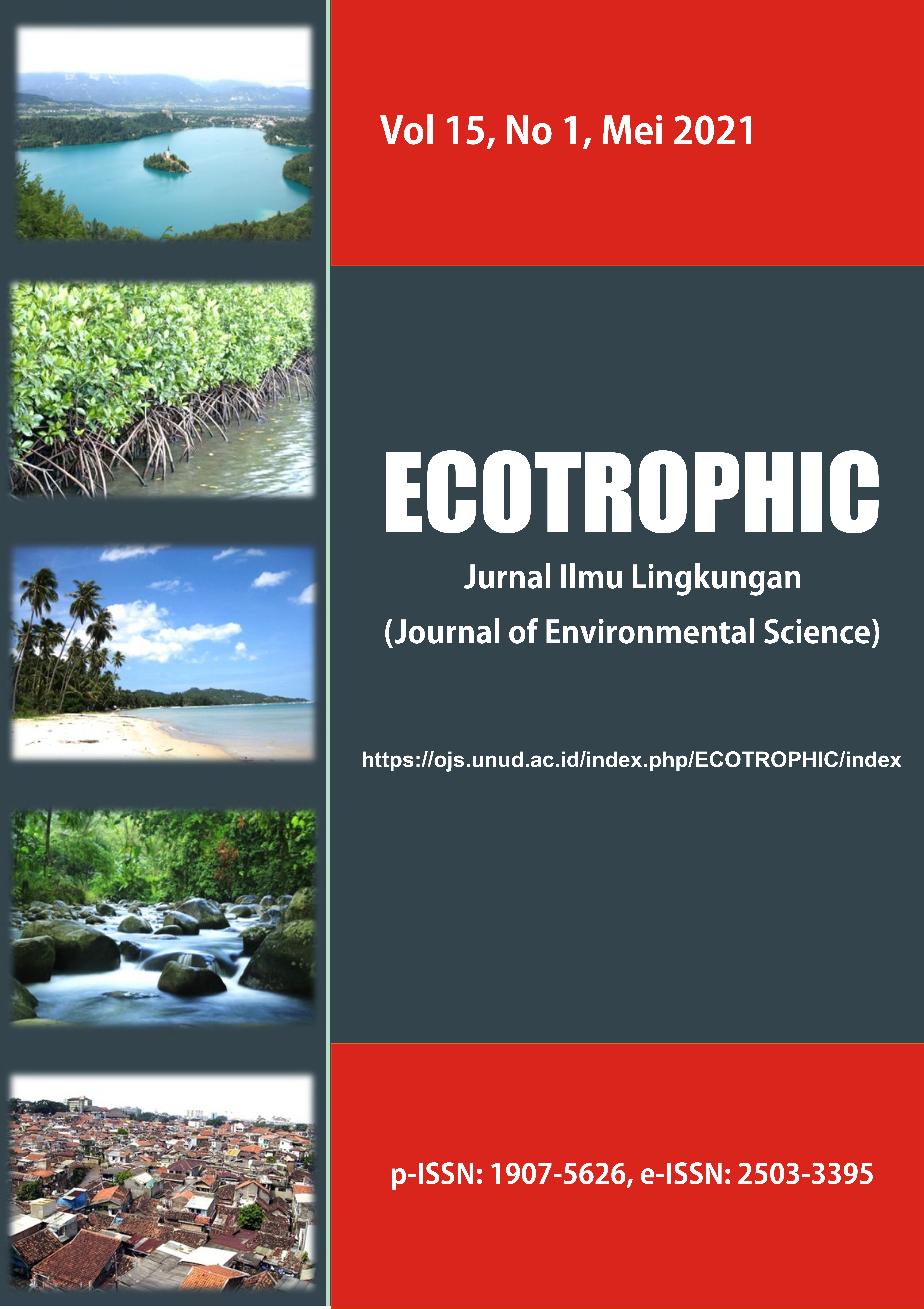SHORELINE CHANGE ANALYSIS USING DIGITAL SHORELINE ANALYSIS SYSTEM METHOD IN SOUTHEAST BALI ISLAND
Abstract
Based on data from the Bali Public Works Office, in 1987 the abrasion reached 51.50 km, in 2003 it reached 86.5 km, and in 2006 it increased to 140 km. Coastline change research is needed for coastal environmental protection, mitigation, and sustainable development. The objectives of this research are: 1) To predict wind speed and direction for the last 30 years; 2) To measure changes in coastlines over the last 30 years (1989-2020); and 3) Comparison of changes in coastline in 4 periods 1989-2000; 2000-2010; 2010-2020 and 2016-2020. Digital Shoreline Analysis System (DSAS) is a method that works on ArcGIS software which is used to calculate shoreline changes based on time statistics and a geospatial basis. The results of the average EPR in 1989-2000 (Landsat imagery), the average abrasion value was -10.43 m/y and the average accretion value was 2.35 m/y; 2000-2010 the average value of EPR abrasion was -2.61 m/y and the average accretion value of 2.65 m/y; in 2010-2020 the average EPR abrasion value was -2.72 m/y and the average accretion value was 1.60 m/y while in 2016-2020 (Sentinel Image) the average abrasion value was -4.32 m/ y and the average value of its accretion is 4.50 m/y. The conclusion of this study 1) The average wind speed ranges from 0.2 to 6.4 m/s. Wind direction shows the dominance of the Australian continent (southeast). This shows that the east monsoon is more dominant than the west monsoon; 2) In the last 30 years (1989-2020) shoreline changes can be seen from the EPR graph with an average abrasion rate of -6.39 m/ y and an accretion rate of 3.15 m/y; and 3) Identification results from 1989-2000 the villages of Padangbai and Ketewel experienced extreme accretion and high abrasion; 2000-2010 Padangbai and Jumpai villages experienced high accretion and abrasion; In 2010-2020, Jumpai and Gunaksa Villages experienced high abrasion and moderate accretion, while 2016-2020 experienced high abrasion and accretion in Tangkas and Gunaksa Villages. For further research, it can include additional variables such as tide and wave data to get better results.
Keywords: DSAS, NSM, EPR, Shoreline Changes, Abrasion, Accretion
Downloads

This work is licensed under a Creative Commons Attribution 4.0 International License.


